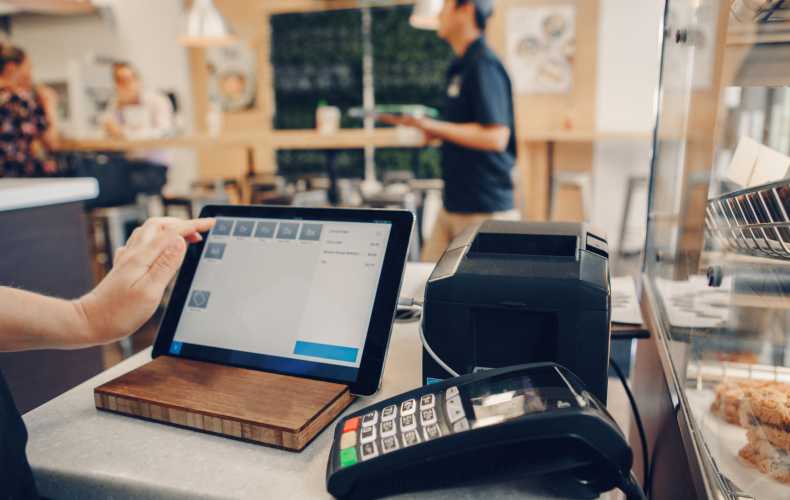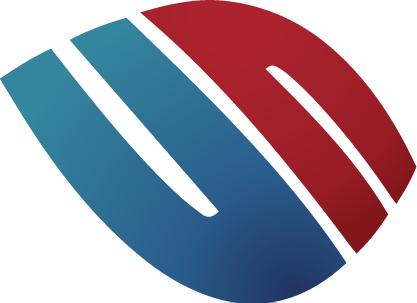How EaaS Can Benefit Small Businesses
in Business by Mitch Alborn

in Business by Mitch Alborn

When most people hear the term "as a service," the first thing that comes to mind is Software as a Service (SaaS)—a business model where an organization provides licensing and delivery of their cloud-based software on a subscription basis.
Common examples of SaaS include office software like Office 365, messaging software like Teams or Slack, as well as project management software like Trello or Wrike.
These examples of enterprise software are crucial to daily operations of organizations of all kinds—and as recent decades have seen the use of SaaS increase drastically, other types of "As-a-Service" business models have made their way to the forefront as well.
One of these new business models, which we'll explore in this article, is Equipment as a Service—or EaaS.
Equipment as a Service (also sometimes referred to as Machinery as a Service, Pay-Per-Use, or OpEx Sales) is a business model where an organization rents or leases equipment to end users on a subscription basis. What sets EaaS apart from traditional rental or lease agreements is that in addition to the equipment itself, the agreement typically includes benefits like installation, recurring maintenance, spare parts, and in many cases, remote diagnostic monitoring of the equipment being provided.
The benefit to the end user is that they get the equipment they need for daily operations without having to worry about maintaining it or loss of business in the event of equipment failure. The customer can now focus on their core business, and ensuring the equipment runs reliably—even replacing it if needed—is generally the EaaS company's responsibility.
The benefit to the organization that offers Equipment as a Service is that instead of earning single equipment sales, they receive steady, recurring revenue.
In a time where technological capabilities are constantly improving by leaps and bounds, the EaaS business model aims to benefit both the equipment provider and end user in ways that were much more difficult to achieve without tools like cloud computing or the Internet of Things (IoT).
The idea is for EaaS to provide continuous value to their customer that goes beyond the product itself.
Industrial Revolution 4, IoT and EaaS
Put simply, Industrial Revolution 4 is an unofficial term used to describe the 21st century's rapid technological advancements—from artificial intelligence and advanced robotics to machine-to-machine communication and the IoT.
What does that have to do with Eaas?
Going back to our more well-known example of Software as a Service (SaaS), consider how much of an effect its rise had on IT management. Cloud-based computing, the foundation of the IoT, is now something virtually all enterprise organizations rely on for daily operations—allowing them to scale as high or low as they need without the requirement of additional infrastructure or IT resources.
The first use of SaaS came in 1999 with the launch of Salesforce's customer relationship management (CRM) platform. Just over two decades later, in 2023, approximately 70% of all businesses use SaaS, with 85% of businesses expected to employ it in some fashion by 2025—a staggering growth in use.
Leasing equipment isn't necessarily a new business model, but EaaS goes beyond that, applying the same customization, scalability, remote predictive maintenance and diagnostic capabilities, and customer support focus of SaaS to physical equipment.
Let's take a look at a real world example of the Equipment as a Service business model. The world's digital advances have certainly made the EaaS model more prevalent in today's environment, but you might be surprised to find that in some cases, the model has been successfully employed for decades!
Rolls-Royce: Power By the Hour
One example of a well-known manufacturing company using the EaaS model is the Power By the Hour program (now rebranded as CorporateCare®) from Rolls-Royce—introduced all the way back in 1962.
Rolls-Royce's aerospace division recognized a common pain point for their customers. Aircraft are extremely maintenance-heavy, particularly when it comes to their engines. And on top of shelling out the cash for these expensive aircraft engines, their customers themselves would be responsible for maintaining them—putting them on the hook for those costs along with any schedule delays.
Starting with the Viper engines of their customers' de Havilland/Hawker Siddeley 125 business jets, Rolls-Royce came up with an idea to ensure their customers' aircraft was always fitted with reliable engines. Instead of only selling these engines outright, they would offer a service wherein charge their customers a fixed, per-flying-hour fee, and in return, they guaranteed their customers would always have engines that are in top-notch condition—performing maintenance and repairs, replacing accessories, and even replacing the engine itself when necessary.
Bringing Power By the Hour Into the 21st Century
The program was a success, and in 2002, it was expanded to include a range of additional features. Using on-board sensors, a remote diagnostic feature called Engine Health Monitoring was added, allowing performance to be tracked in real time. Access to leased engines was set up so technicians could replace it during off-wing maintenance if needed, which is supported by a global network of authorized maintenance.
With Rolls-Royce's innovative approach to meeting their customers’ needs, they established themselves as not only world-class equipment manufacturers, but the creators of a unique, much-needed service offering.
The EaaS business model, as well as the technologies that support it, are expected to make the biggest waves with equipment manufacturers—such as in our Rolls-Royce example. With that said, the model's benefits aren't, by any means, limited to large-scale organizations like airlines. Let's examine how equipment as a service can benefit small businesses in particular.
Operating Expenses vs. Capital Expenditure
Oftentimes, people who decide to start a small business are pursuing a dream and taking somewhat of a chance. Risk is high, and capital is usually low when things are getting started. For many types of businesses, it takes a considerable investment to lease their business space, hire employees, and of course, acquire the equipment they need.
Right off the bat, we can connect the dots on how Equipment as a Service could be beneficial to a fledgling business that's looking to save every dollar they can.
Let's take a common small business example—a new restaurant. A lot of expenses go into opening a restaurant. Food products, labor, utilities, rent, marketing, equipment, and more, all need to be accounted for on what is typically a very tight budget.
Breaking down the equipment costs, items like industrial-grade dishwashers, refrigerators, ice machines, and ovens can easily run businesses $10,000–$20,000 each. If a new restaurant needs each of these items to operate their restaurant, they're looking at a bill as high as $80,000 or more before their new business has made a single dime!
With Equipment as a Service, this large, upfront capital expenditure can be avoided in exchange for a set monthly rate that moves the cost of the equipment into operating expenses.
Operating Expenses vs. Capital Expenditure: Tax Implications
An additional consideration of having these items fall under operating expenses is the way they're treated for accounting purposes. Operational expenditures are deducted entirely for the accounting period in which they were incurred. Capital expenditures, on the other hand, are deducted over the equipment's years of use based on depreciation or amortization.
Risk Management
It's key to understand, however, that the benefit of using EaaS and shifting large, commercial-grade equipment from capital expenditures to operating expenses goes beyond trading a lump sum for monthly payments. It also shifts risk from the small business owner to the EaaS provider.
Continuing with our restaurant example, the large upfront expense required to purchase their equipment is not the only consideration here. Industrial-grade machinery requires frequent monitoring, lots of maintenance, and as many restaurateurs will tell you, they're prone to breakdowns—which means both pricey repairs, and in many cases, inopportune business disruptions.
But if the equipment is leased to them through an Equipment as a Service agreement, the maintenance, repairs, and eventual replacement are all the responsibility of the provider. The customer's rate is always predictable, and they always have the equipment they need.
Examples of Equipment as a Service companies that provide industrial-grade restaurant equipment to small business all over the US include:
The crux of why Equipment as a Service agreements are so beneficial for both sides is that they're both financially motivated to ensure the equipment is running as reliably as possible. Business owners want to minimize disruptions to their business, and the Equipment as a Service providers want to minimize the costs and labor associated with excess repairs.
Mitch is a small business reporter who has more than 25 years of experience in journalism.
Full Biography